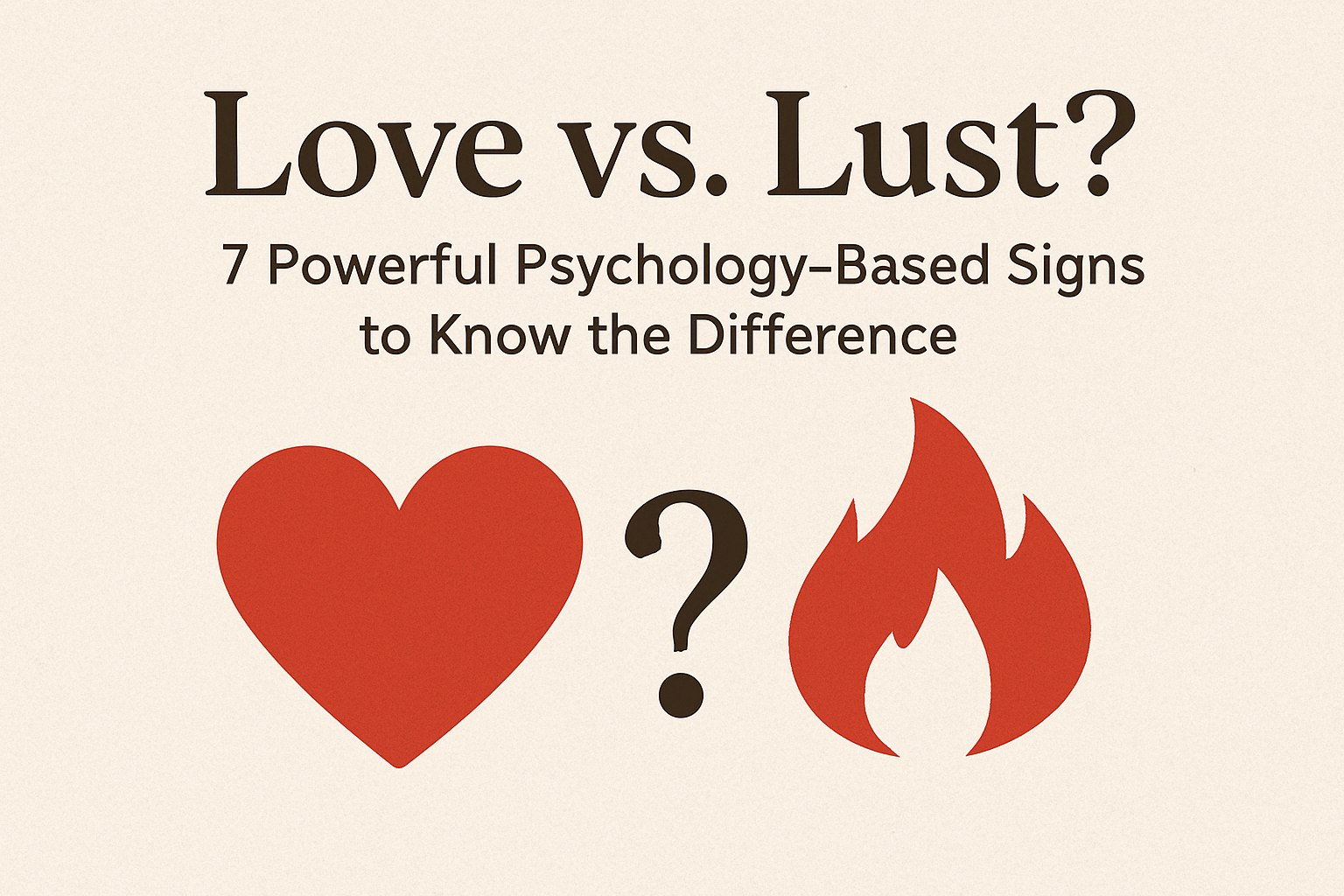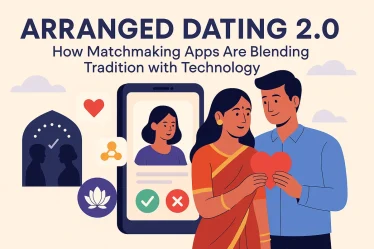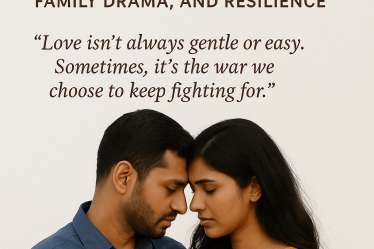
Ever felt butterflies and couldn’t tell if it was true love or just intense physical attraction?
You’re not alone. In the fast-paced world of modern dating, it’s easy to get swept up in passion without knowing what’s really driving your emotions. Is it a deep emotional bond—or just chemistry?
Understanding the difference between love and lust is more than just a relationship hack—it can save you time, heartache, and lead you toward healthier, more fulfilling connections. In this post, we’ll explore 7 psychology-backed signs to help you tell if it’s love, lust, or something in between.
Understanding the Psychology of Love and Lust
Before we dive into the signs, let’s break down what science says about love vs. lust.
- Love is rooted in emotional intimacy, attachment, and commitment. It’s a long-term, multi-dimensional connection that evolves over time.
- Lust is driven by physical desire and immediate gratification. It’s intense and exciting—but often short-lived without deeper emotional investment.
Neuroscientific research shows that love and lust activate different parts of the brain. Lust triggers areas linked to reward and pleasure (like the hypothalamus), while love stimulates regions connected to bonding and empathy (such as the ventral tegmental area). (Source: Journal of Neurophysiology)
Understanding this helps us decode the behavior patterns that follow.
7 Psychology-Based Signs: Is It Love or Lust?
Let’s break down the key indicators that reveal what you’re really feeling.
1. Eye Contact: Intimacy vs. Desire
In love: Eye contact is lingering, gentle, and emotionally charged.
In lust: The gaze often focuses on physical features—intense, but not necessarily intimate.
A study published in Psychological Science found that people looking for love focused more on faces, while those feeling lust focused more on bodies. Where your eyes go, your emotions follow.
2. Depth of Conversation
In love: You talk about your goals, childhood memories, dreams, and fears.
In lust: Conversations stay shallow, often flirtatious or physical.
Emotional intimacy is built through vulnerability. If your connection lacks meaningful conversation, it may be more about chemistry than compatibility.
3. Thinking About the Future
In love: You imagine building a life together—vacations, holidays, even big moves.
In lust: You think about the next date, the next night, or the next text—not the long-term.
According to Robert Sternberg’s Triangular Theory of Love, commitment is a key pillar. Without it, you may be stuck in the honeymoon phase that never evolves.
4. How You Handle Conflict
In love: You work through issues, talk things out, and show concern for each other’s feelings.
In lust: Conflict is avoided or met with indifference. You might not care enough to argue.
Healthy conflict resolution is a major sign of emotional investment. The Gottman Institute reports that how couples argue can predict the longevity of their relationship.
5. Emotional Safety and Vulnerability
In love: You feel safe sharing your thoughts, fears, and imperfections.
In lust: You might avoid emotional exposure, fearing it will ruin the mood or connection.
Attachment theory supports this: Secure bonds are marked by openness and emotional responsiveness. If you’re guarded, it might signal a more superficial connection.
6. Prioritizing Time Together
In love: You make an effort to spend time together during all parts of the day, not just date nights or late evenings.
In lust: Time together is usually centered around convenience or physical encounters.
True love integrates into daily life—coffee runs, errands, or even doing nothing together becomes meaningful.
7. Post-Intimacy Feelings
In love: You feel emotionally closer and more connected after physical intimacy.
In lust: You might feel distant, confused, or even regretful afterward.
The hormone oxytocin, released during intimacy, deepens emotional bonds—but only if that bond already exists. Without emotional safety, the aftermath of sex can leave you feeling empty.
Why It Matters: Love vs. Lust Isn’t Just Semantics
Distinguishing love from lust matters because:
- It helps prevent heartbreak caused by misaligned expectations.
- You can better communicate what you want from a partner.
- You build self-awareness, emotional intelligence, and stronger boundaries.
- You avoid mistaking temporary desire for lasting compatibility.
Psychological research shows that relationships based on emotional depth tend to last longer and result in greater life satisfaction. Knowing what you’re feeling lets you make choices from a grounded, empowered place.
Can Love and Lust Coexist? Yes—And Here’s How
Love and lust aren’t enemies. In fact, the healthiest relationships contain both.
Signs of a healthy balance:
- Emotional safety and deep sexual chemistry.
- Passion that evolves into comfort—but still includes excitement.
- Mutual respect and desire.
To keep both alive:
- Stay curious about your partner’s evolving emotional world.
- Prioritize quality time outside the bedroom.
- Keep the spark alive with playfulness and novelty.
Conclusion: Let Your Heart—and Mind—Lead
You don’t need a psychology degree to tell love from lust, but it helps to know what signs to look for. Use these 7 indicators to reflect on your connection. Is it deep, lasting, and emotionally fulfilling—or is it purely passion-driven?
Whatever the answer, awareness gives you power. Whether you’re dating, in a new relationship, or reevaluating a current one, tuning into the emotional signals behind attraction will help you make better decisions for your heart.
FAQs: Quick Answers to Common Questions
Can lust turn into love?
Yes—but only if emotional intimacy, trust, and communication grow alongside physical attraction.
Is it bad to feel only lust in a relationship?
Not necessarily. Lust has its place, but without emotional depth, the relationship may not endure.



